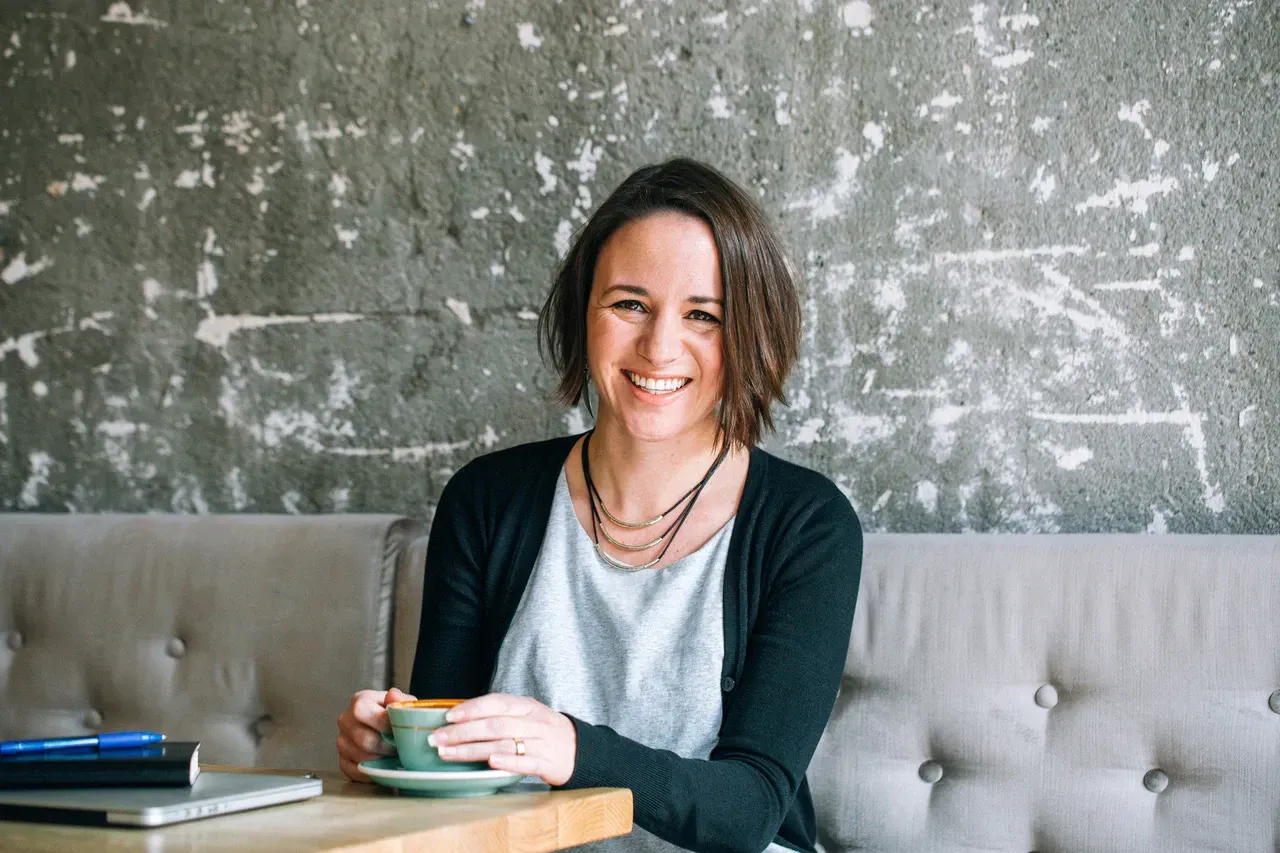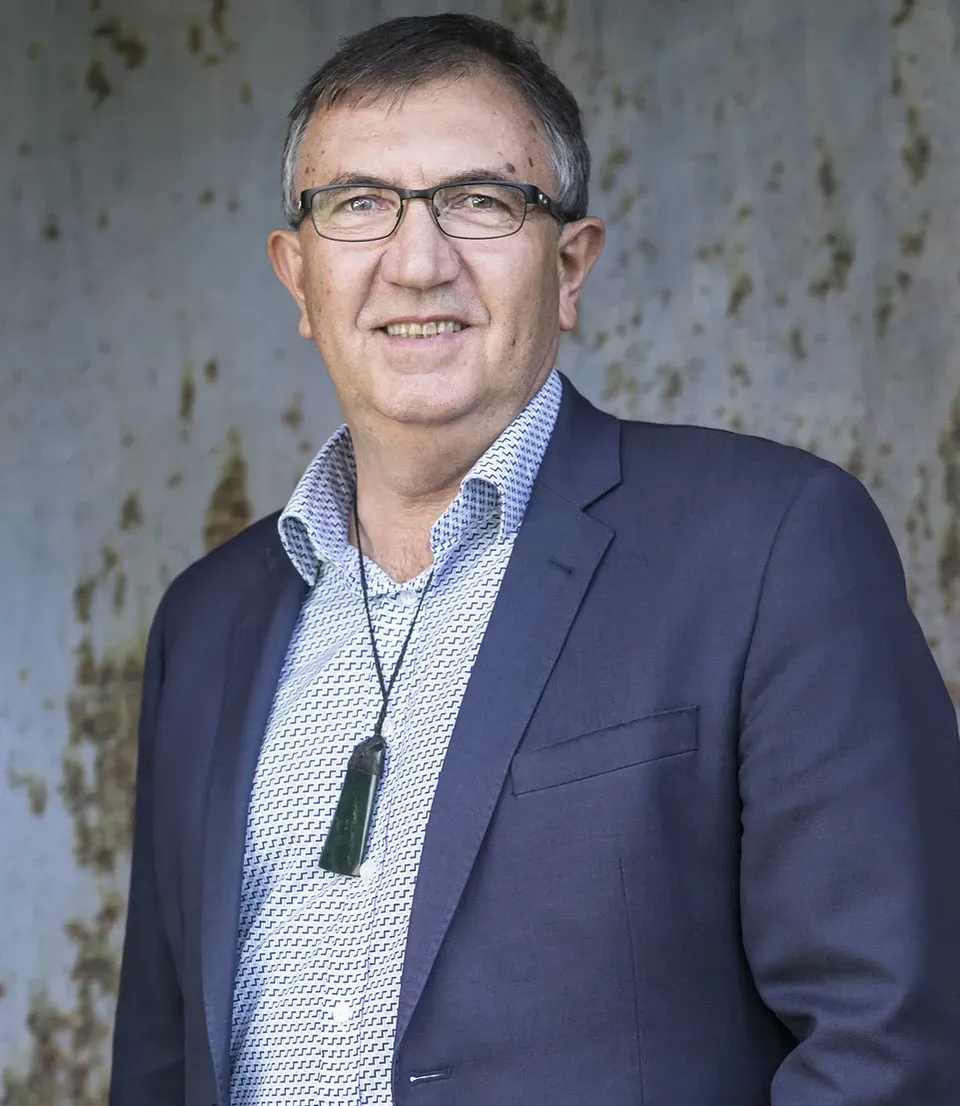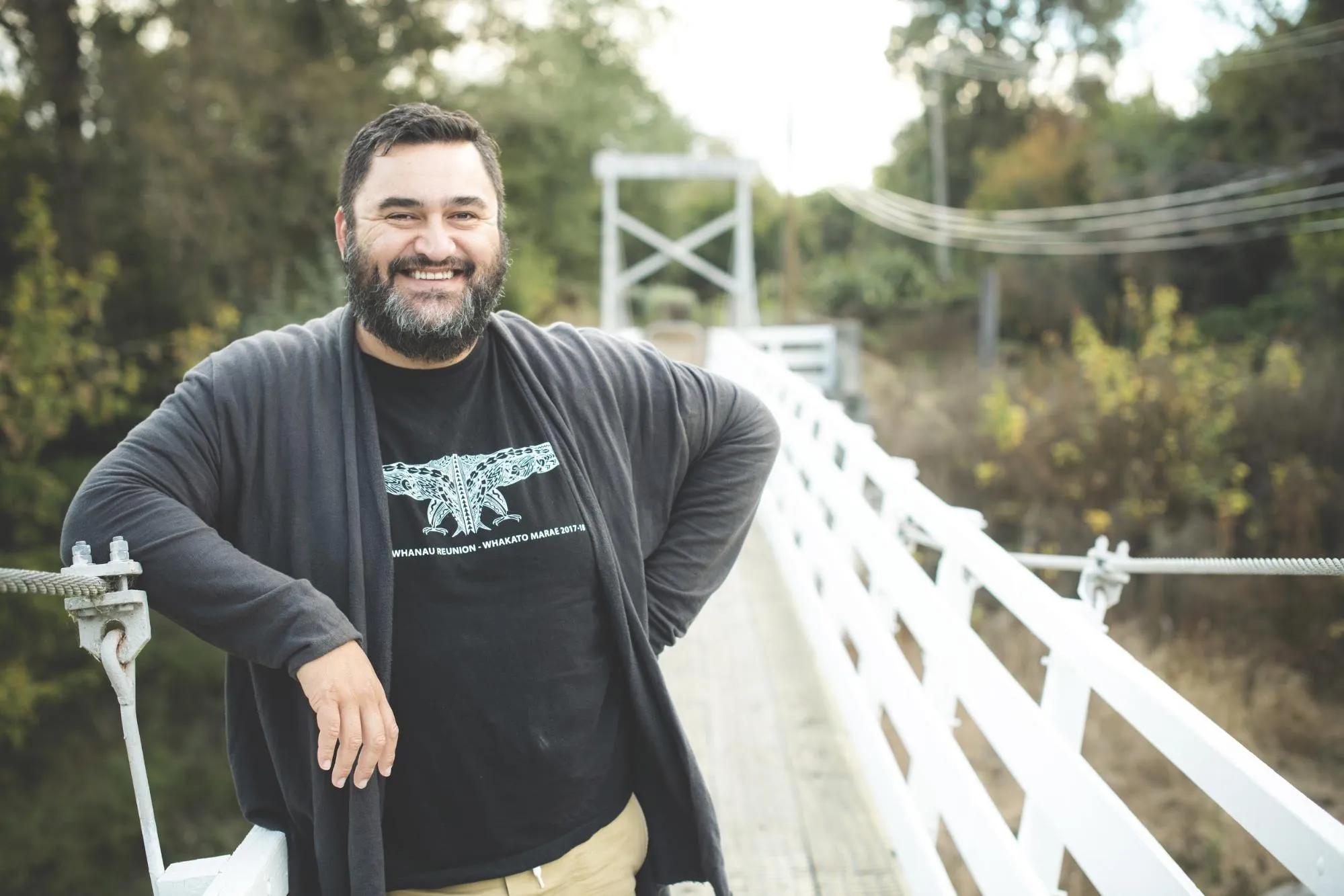How Festivals Can Adapt
Written by
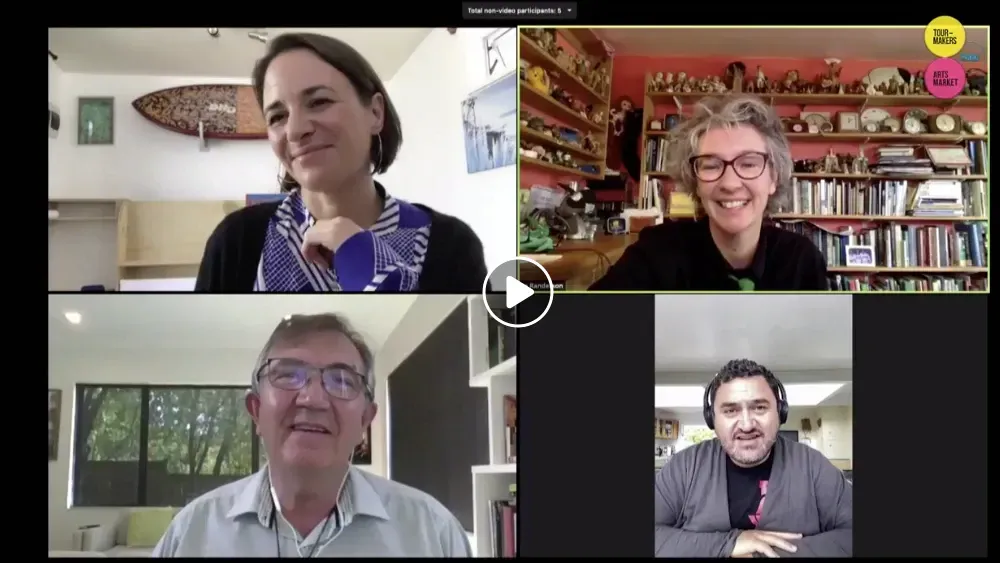
Creatives up and down the country had their bubbles burst - intellectually not literally - for an informative hour and a half in the latest PANNZ panel that focused on Aotearoa’s much-loved festival circuit.
Connection, community and innovation were the themes of the hui that streamed live on Monday.
Much like last week's inaugural offering, there was a wealth of personal and professional insights offered. The intent of this hui was to explore how national and regional festivals alike can remain a vital part of our country’s creative landscape.
Once again, PANNZ and Auckland Live proved willing and able to move with the times without compromising some established elements of their ‘live’ structure. Barbarian Productions’ Artistic Director Jo Randerson is a beloved fixture of the in-person event - so it was a relief to see her sitting in the moderator's seat. Quite simply, Randerson shined, balancing a warm sense of decorum with an ability to summarize viewpoints and audience questions succinctly.
This week's panellists included Meg Williams - Executive Director of Tāwhiri Festivals and Experiences (NZ Festival of the Arts, Wellington Jazz Festival, Second Unit and Lexus Song Quest). She was joined by Tama Waipara (Ruapani, Rongowhakaata and Ngāti Porou), Executive Director/Artistic Director of Te Tairāwhiti Arts Festival. David Inns, Chief Executive of Auckland Arts Festival rounded out the panel.
Much like independent and investment creatives, there are some stark differences between national and regional festivals in terms of resources and funding available. So it was good to see that the selection of panellists reflected both, as well as Te Ao Māori and Pasifika.
The Fallout
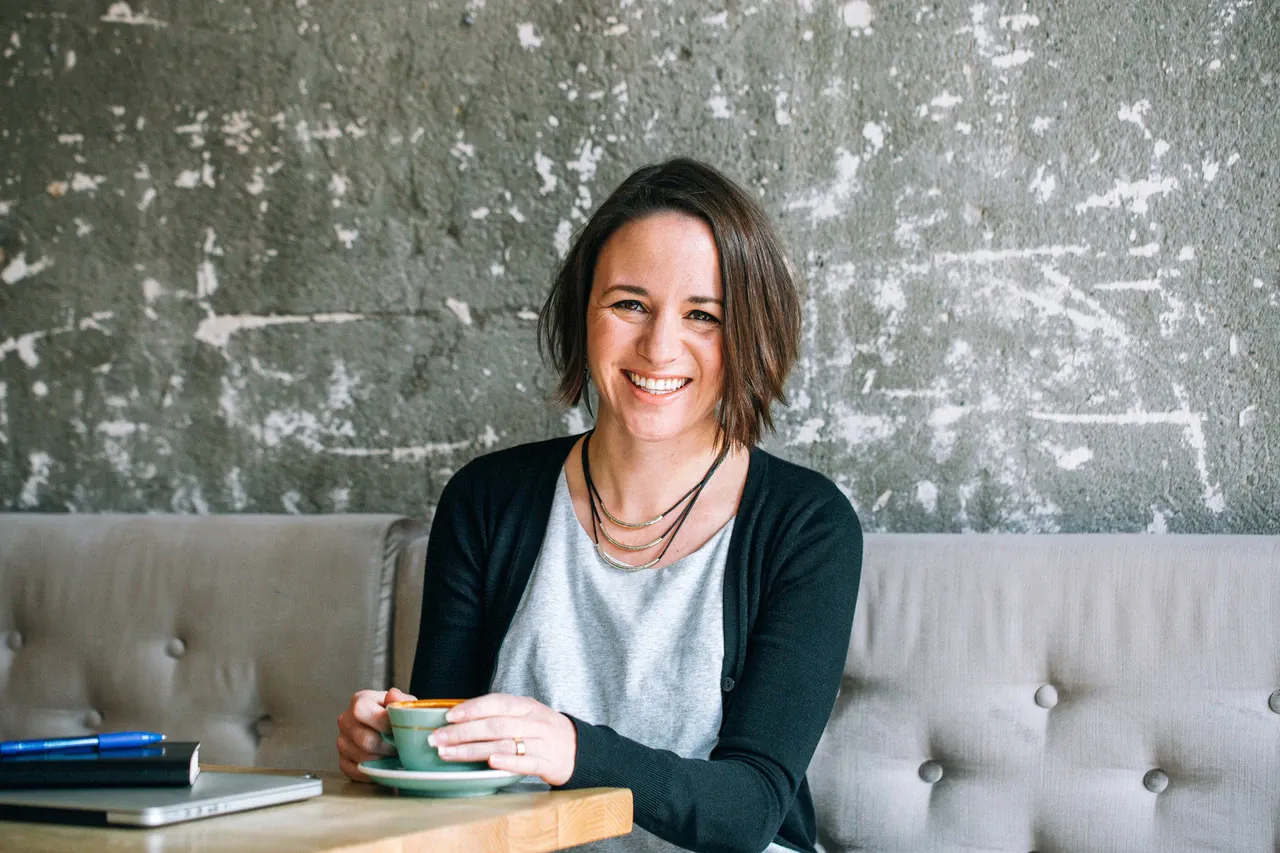
Meg Williams.
Each of the panellists took a moment to explain the ramifications COVID-19 had on their festival.
For Williams, the impact has been varied. “In the scheme of things, [New Zealand Festival of the Arts] was fortunate, we only had to cancel one day. [Now] we’re just in the wash-up, paying and honouring our contracts while future planning for the next 12 -24 months. Our current festival is being planned for 2022...The Jazz Festival is currently being postponed to late 2020 - although we may need to defer it,” she says.
Second Unit, Williams’s latest project has also been put on hold until 2021. The immersive theatre production whose debut season riffed on What We Do in the Shadows was “due to announce a new production next week.” Finally, the Lexus Song Quest has also been postponed, with future dates still to be announced.
Williams emphasised that in the first instance, she was focused on “looking after our staff and artists the best we can - [COVID-19] has had a significant impact on our team - we were staffed for four events and now we’re potentially only doing one….this requires kindness, fairness, financial prudence- and we’re trying to get the best balance.” She is also keen to work out “how we can best support the local structures - venues, bars, contractors - that support the artistic ecology.”
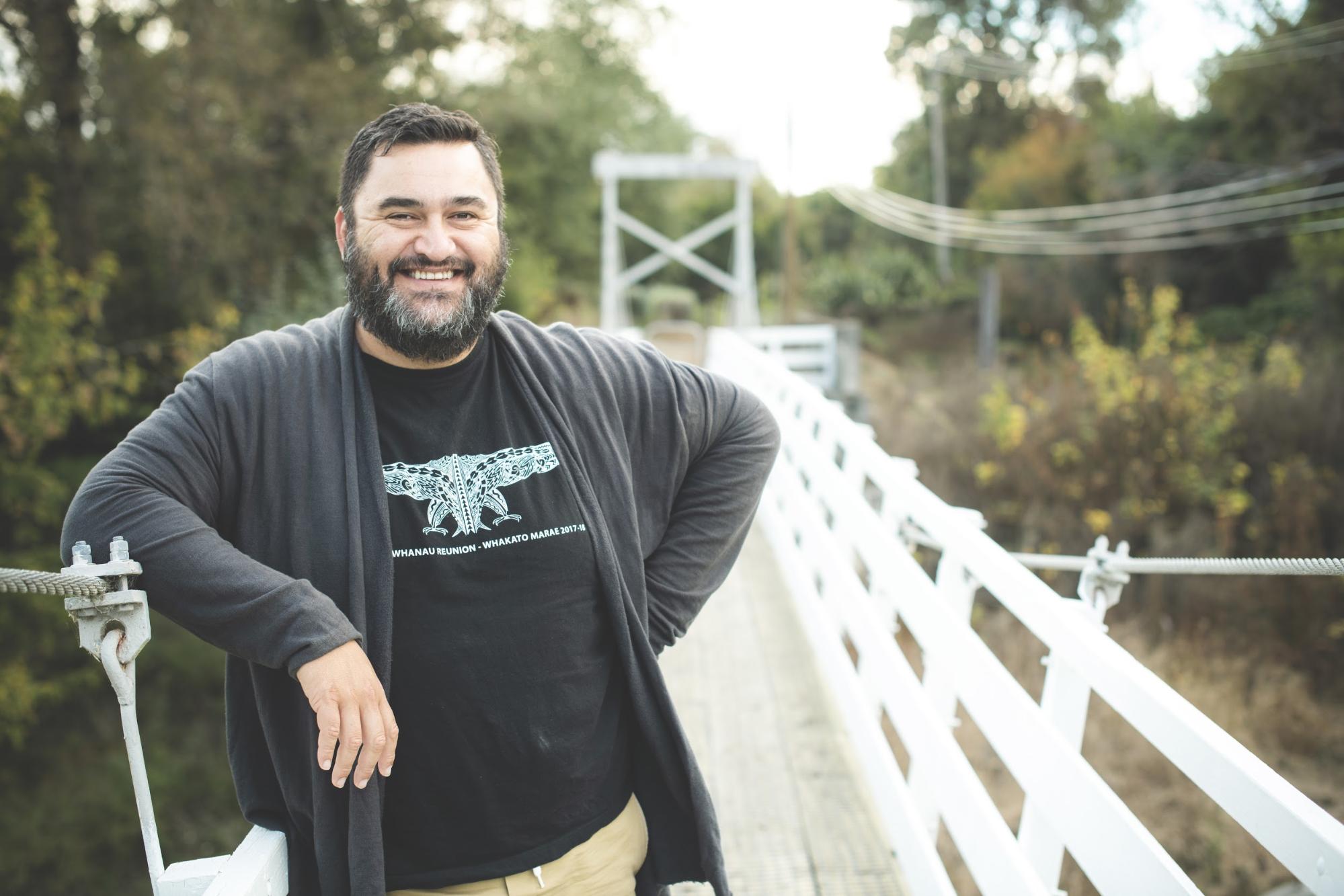
Tama Waipara. Credit: Strike Photography
Waipara’s Te Tairāwhiti Arts Festival had its first outing in 2019. “We’re a festival baby” he laughs. “We’ve not shifted [our dates] but COVID-19 has reaffirmed our kaupapa - we’re of the place and its people; we’re arts leaders….our artists are predominantly local or Aotearoa based Māori and Pasifika. This current situation doesn’t change the nature or shape of what our festival is,” says Waipara.
“Our second festival is in October. Whether or not we proceed the same as last year will be the most significant decision. But our kaupapa will remain the same - like many regional festivals, we are very focused on understanding what the frame of our environment will be….we want to understand how our kaupapa is experienced at [different government alert] levels.”
Like Williams, Waipara is keen to “make sure our team is looked after - do I have a job, kai on the table, money coming in - that is of primary concern.”
The “welfare of artists, staff, contractors and the audience” was at the forefront of Inns’ mind as well. Auckland Arts Festival cancelled a staggering 80 shows and oversaw the safe passage of 200 artists home. “It was heartbreaking and we’re very aware of the uncertainty felt across the arts sector in New Zealand and worldwide,” he says. “Our staff are currently working from home and debriefing.”
One Door Closes, Another Opens
Despite a rocky few weeks, all of the panellists are adamant that COVID-19 presents the sector with an opportunity for innovation.
“Our arts sector - and Kiwis in general - are nimble and adept at taking opportunities as they arise,” says Inns.
For Williams, this opportunity has two distinct phases. “ The New Zealand Festival of the Arts is currently in crisis management - consolidating and closing off what we need to close off well and making sure we’re financially in good shape for phase two.
“[Festivals] can be in positions of leadership and innovators….we can explore how we can help and play a role in the sector to help weather this storm and emerge from this challenging time.
“By spending time in the first phase we can deliver the second phase more strongly.”
This second phase allows for long-overdue conversations and discussions to take place. “It’s important to note that they are questions for now and we might not necessarily know the answers and so many people are in the same position - we’re in unusual, rapidly changing times,” Williams says.
Williams outlines the following questions and issues that could be addressed:
-
How do we best support Māori, Pacific and other New Zealand art and artists - especially the independent sector?
-
It’s an opportunity to reprioritise and reimagine partnerships and collaboration within the sector.
-
How does [the arts] work better as a whole ecosystem?
“If we’re going to reimagine the creative sector, we need to adopt a radical transparency around planning….to make sure we are adding value across the sector...it’s going to take a lot longer to have these conversations to figure out different ways to work - we’re open and keen to play a key role - as appropriate as it is to do so” adds Williams.
In the immediate future, the important thing for festivals, says Williams, is “drop dead dates - what dates can we start planning for the future.”
For long term plans, Williams is “looking into it with her team this week - but my initial thoughts include developing a cultural strategy, with an aspect of that being the need to move forward and to consider the future of the story strand.
“I’ve also realised the importance of communication, gathering ideas from all sources and giving [myself] permission to not know what’s next. You’ve got to make a plan...but you’ve got to make decisions sensibly.”
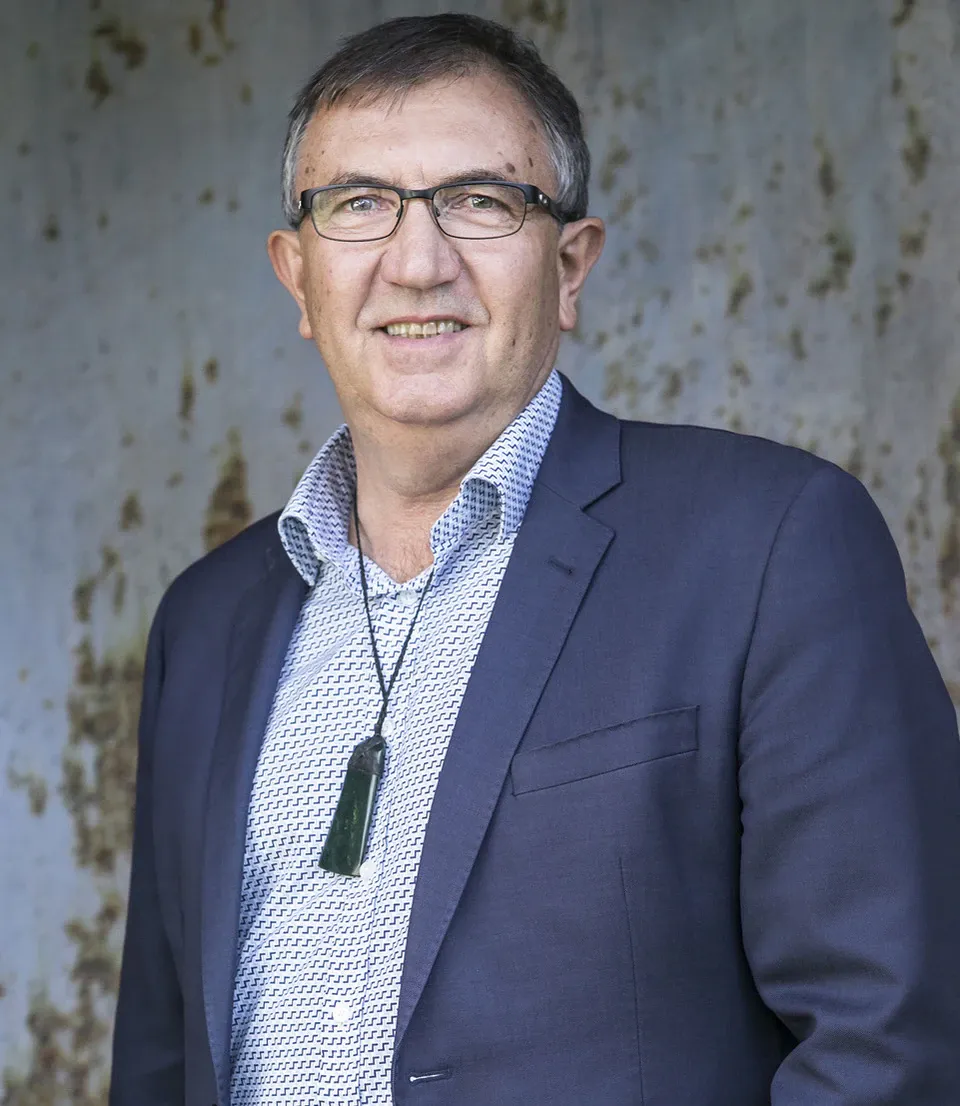
David Inns Credit: Andi Crown Photography
Super Local
"There’s an opportunity for innovation from artists - how can we support them to provide solutions at this time?” asks Waipara. “To start small, start super local - there’s an opportunity to find ways to deepen creative links [Gisborne] has a strong relationship with the light- it’s the first place to see the sun. How do we welcome [our community] out of darkness and into the light? One of the roles of festivals is to provide safe spaces and capacity to support artists and communities to come together again in the future when the time is right.”
Taking the Industry Forward
“Auckland Arts Festival is looking to March 2021 and we’re working on supporting New Zealand artists and the New Zealand arts sector,” says Inns.
“We’re looking to develop New Zealand audiences and a greater appreciation of New Zealand work across the festival. With the borders closed, there is an opportunity to focus on that area, and we are looking at new, innovative ways to present this….there is no doubt it will be different” asserts Innes.
“We’ll be putting a call to artists in 2021 to hear their ideas,” he continues. “Festivals have a leadership role to help take the industry forward.”
How to Reach Audiences - In Their Bubble and Beyond
Those viewing the live stream were interested in festival viewpoints around how to reach audiences and how to make them feel safe about returning to festival performances after the lockdown has lifted.
“[Performances] don’t need to be in a traditional space - we can create spaces that feel safe,” says Inns.
“We’re unsure how habits will change,” says Williams. “But there’s an opportunity for openness, an opportunity to improve…..to move forward together towards a new vision.”
In terms of audience, Waipara says “their needs are not all the same….venues are yet to be graced by people who look like me in major city centres…..[COVID-19] is an opportunity to widen our scope of who is this work for?”
The rise of creatives using digital platforms was also a topic of discussion. Currently, there is no one place for creatives to present their works online. A question on whether or not an online performance loses its wairua evoked Waipara to respond “they remain constant.”
Randerson summed up the overall attitude best with her closing remarks “it’s great to see everyone keen to paddle hard toward equality - it is an exciting challenge.”
A replay of the PANNZ hui is available on their Youtube channel.
